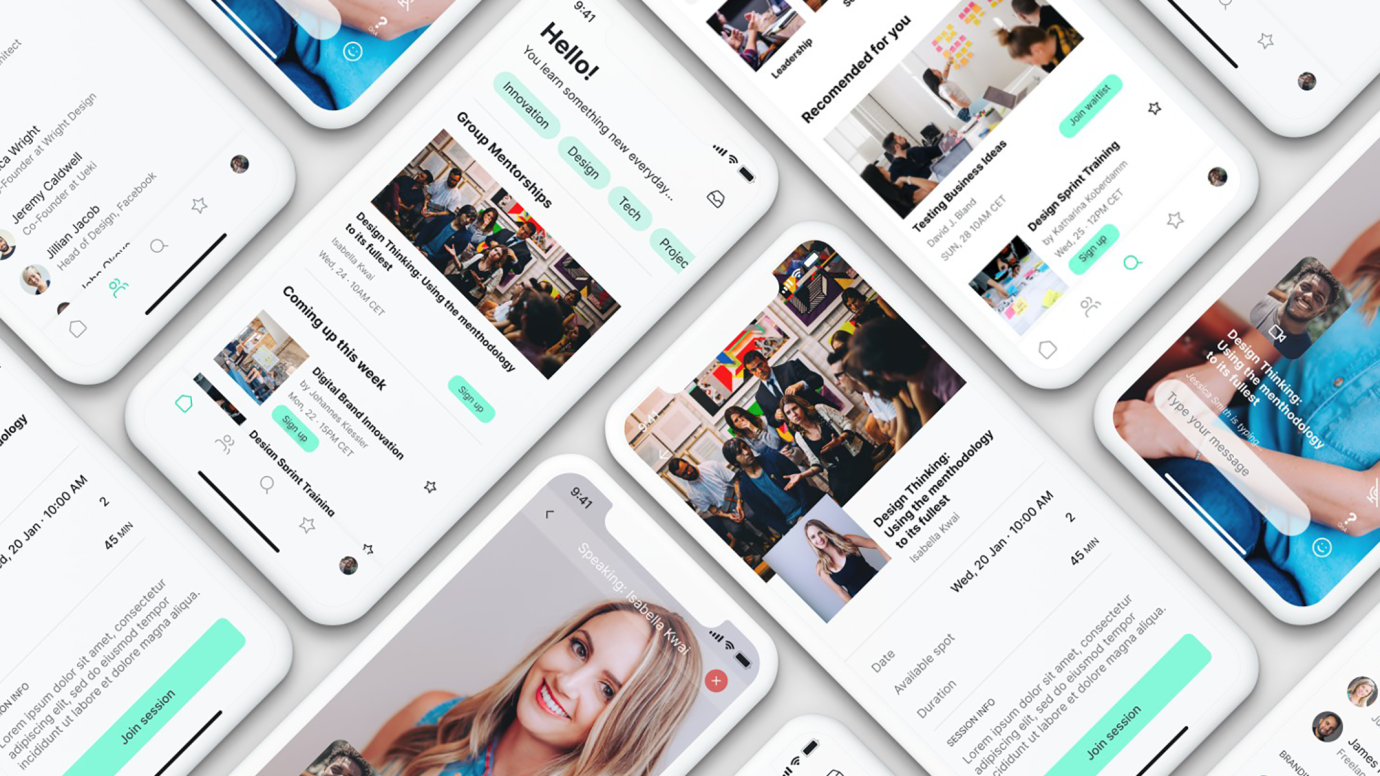0818 Work Insights
Your go-to source for the latest work trends, tips, and advice.
Designing Delight: When Aesthetics Meets Usability
Discover the perfect blend of beauty and functionality in design. Unleash creativity and boost user experience with our expert tips!
The Balance of Beauty and Functionality: Key Principles of Design
In the world of design, the balance of beauty and functionality is paramount. A well-designed product or space doesn’t just please the eye; it serves a purpose effectively. The integration of aesthetics and practicality can be achieved through several key principles, such as proportion, scale, and harmony. For instance, a piece of furniture may be visually striking, yet if it is uncomfortable or impractical, it fails to meet the functional requirements that users demand. Thus, understanding how to measure these elements is essential for creating designs that resonate both emotionally and functionally with the audience.
Another important aspect is user experience. Designers should always keep the end-user in mind, ensuring that products not only look good but also enhance the overall experience. This can be achieved through the thoughtful application of usability testing and feedback. When beauty complements usability, it creates a seamless connection that invites users to engage, enjoy, and appreciate the design. Ultimately, mastering the balance of beauty and functionality is about finding that sweet spot where aesthetic enjoyment and practical effectiveness coexist in perfect harmony.

How to Create User-Centric Designs That Delight
Creating user-centric designs is essential for engaging and retaining your audience. Begin by understanding your users' needs through comprehensive research such as surveys and interviews. Gather insights on their preferences and behaviors to ensure your design resonates with them. Once you’ve collected this data, create user personas that encapsulate the main characteristics of your audience. These personas will serve as a guide throughout the design process, helping you to focus on delivering value that resonates.
Next, prioritize clarity and usability in your designs. Aim for a clean layout that naturally guides the user’s eye and makes navigation intuitive. Utilize visual hierarchy to emphasize important elements, and incorporate whitespace to avoid overwhelming users with too much information. Remember to test your designs with real users. Gather feedback and iterate, focusing on aspects that can enhance their experience. This commitment to user satisfaction will ultimately lead to designs that not only meet but exceed expectations, creating lasting delight.
Why Aesthetics Matter in User Experience: Insights and Best Practices
Aesthetics play a crucial role in user experience (UX) by influencing how users perceive and interact with digital interfaces. When a website or application is visually appealing, it captures users' attention and fosters a positive emotional response. This initial reaction can significantly impact their overall engagement. Users are more likely to trust and remain on a site that looks polished and professional, which can ultimately lead to higher conversion rates. According to various studies, users often associate attractive designs with credibility and quality, making aesthetics a key element of effective UX design.
To ensure that aesthetics enhance user experience, designers should consider several best practices. First, consistent design elements, such as colors, typography, and layout, contribute to a coherent visual identity. Second, utilizing white space effectively helps in avoiding clutter, guiding users' attention to essential content. Lastly, incorporating user feedback during the design process can help identify what resonates with the target audience, making it easier to create visually appealing interfaces that serve their needs. By focusing on these strategies, designers can create a seamless and enjoyable user experience that highlights the importance of aesthetics.